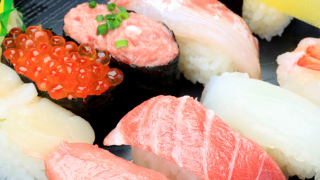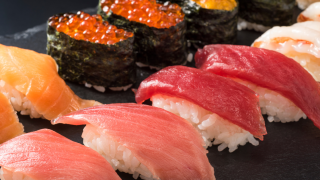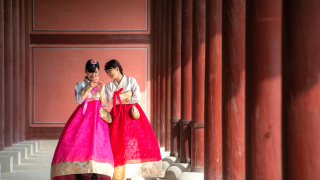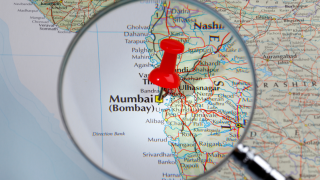 TOPIC
TOPIC The Allure of teamLab Planets TOKYO DMM: Why Japanese People Love It
teamLab Planets TOKYO DMM attracts Japanese visitors for its extraordinary blend of digital art and physical immersion. More than a tourist destination, it represents how Japanese culture values cleanliness, sensory enjoyment, and shared memories, making it an insightful experience for foreign travelers.









